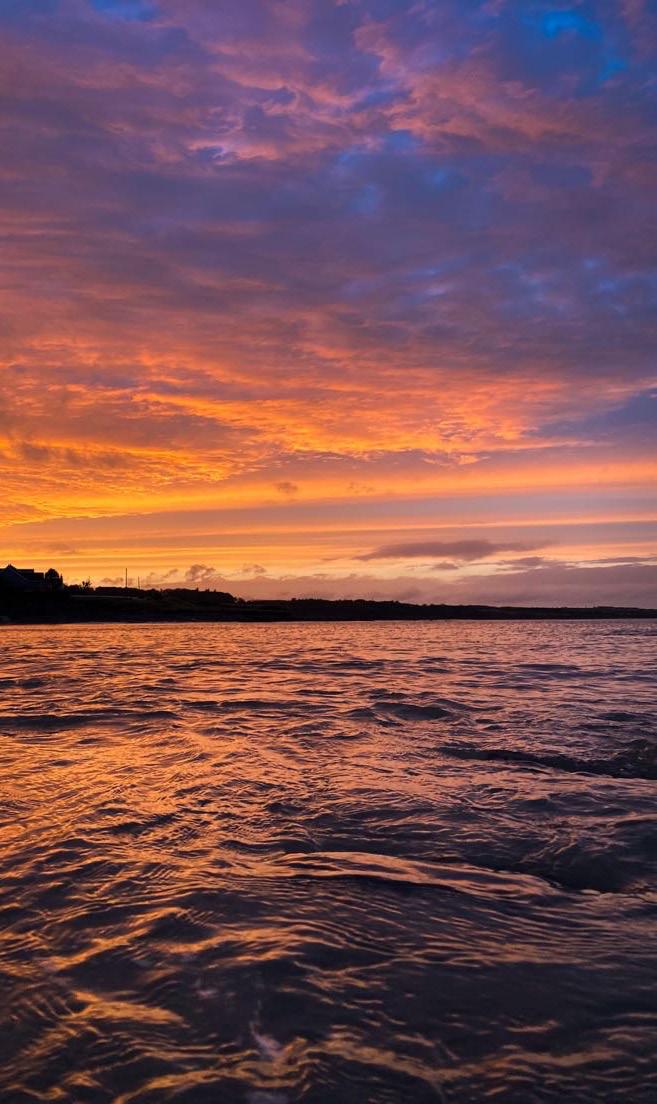Page 27
Climate
The Cancer of Climate Change Law: Challenges of Pre-Existing Legal Formalism are Proving Cumbersome By Luke Gibbons, Contributing Writer, BCL Candidate at the University of Oxford The relationship between the courts and climate change law is far from a love story. It is more akin to a complex array of tangentially interconnected romantic affairs, where the exact ending and crescendo of the story is yet to materialise and a continuous cliff hanger looms large. In contrast to a love story, climate change as a phenomenon is more accurately conceptualized as the cancer of the earth, and climate change law as the cancer of judicial decision making. What is contended by this is that climate change presents unprecedented, ever-metamorphosing challenges to pre-existing judicial cognition, much like the problems mutating cancers pose to medical experts. These challenges have given climate change law a broad scope, cross-cutting almost every legal subject area and challenging the anachronistic compartmentalisation of discreet bodies of law. Adherence to strict legal formalism has caused great problems for the judiciary in addressing the spread of the cancer of climate change and new lines of reasoning are urgently required. The Cancer Has Spread Far and Wide In answering the question as to what climate change law is, the instinctive answer is to point to the UNFCCC, the Kyoto Protocol and the Paris Agreement. However, this analysis is not only superficial but also incomplete. Although these instruments play a critical role in framing the issue and the science behind policy, such as the ambitions of global 1.5°C targets, the reality of Nationally Determined Contributions (NDCs) and the operation of national judiciaries means that much climate change law is applied and arguably created at a national level. It is illustrative of the complexity of this area that defining a climate change case is difficult. For instance, although the case of Hueraz (Lluiya v RWE) would traditionally be compartmentalised as a civil suit and Plan B Earth v Secretary of State for Transport as a judicial review, what connects both cases is climate change. This cross-cutting dynamic causes judiciaries to rethink how law is labelled, siloed and considered in its entirety. However, courts across many legal disciplines have struggled to develop imaginative solutions to climate change and have favoured comfortable application of pre-existing legal formalism. How the Judiciary Have Approached the Cancer of Climate Change Justiciability The widespread nature of the cancer of climate change not only challenges these frames placed around decisions, but its complexity also confronts conventional reasoning. The need for coherent and coordinated national responses to climate change is made more important considering the discretion the Paris Agreement gives to States. Decisions on whether a case is justiciable or within a court’s jurisdiction highlight the difficulties in applying legal formalism in the climate context. The recent UK Supreme Court decision in Plan B Earth v Secretary of State for Transport is illustrative in that as




















